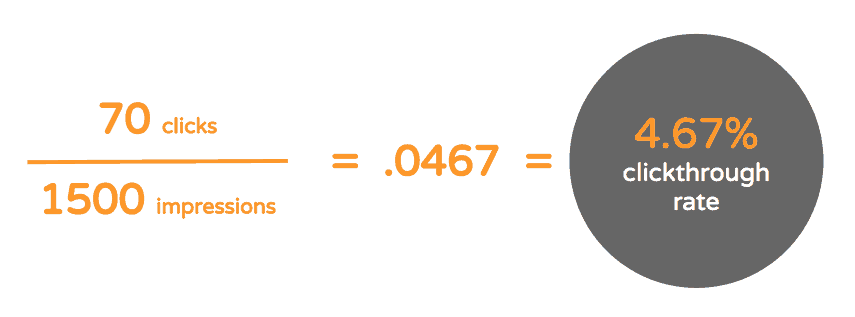Buzzwords in Marketing Automation: Clickthrough Rate (CTR)
Clickthrough Rate (CTR): its meaning and how to apply it. A part of the series Buzzwords in Marketing Automation.
Companies dedicate a lot of resources to creating marketing content. But what’s more important is measuring the effectiveness of that content, so that you know where to spend those marketing dollars going forward. The calculation of a particular content’s clickthrough rate can be an effective tool to measure how well your keywords and ads are performing. It calculates the number of clicks that your link receives divided by the number of times your link is shown, formatted as a percentage.
 A Quantifiable Number
A Quantifiable Number
These days, it’s hard to measure the emotional reaction to a piece of virtual content. Measuring the clickthrough rate allows you to see who engaged with an ad or call to action (CTA) in an email campaign – indicating that they were interested. A high CTR says that people want to know more. A low CTR indicates that your ad might need some improvement, or possibly that your call to action was not relevant enough.
Observation
Another way to measure interest in your content, particularly sales emails, would be with a tracking plugin. This allows you to observe the clickthrough. Lead Liaison has a Google Mail plugin called Send & Track, which allows senders to track 1:1 emails by reporting if and when the recipient opened a link within the message. What’s more, when a recipient clicks on the link within your email, Lead Liaison’s ProspectVision™ is then able to connect that person to all of their actions within your website.
The key is to find out what’s working and what’s not. Paying attention to this information will help justify resources spent, and will make you more prepared to make content decisions going forward.











